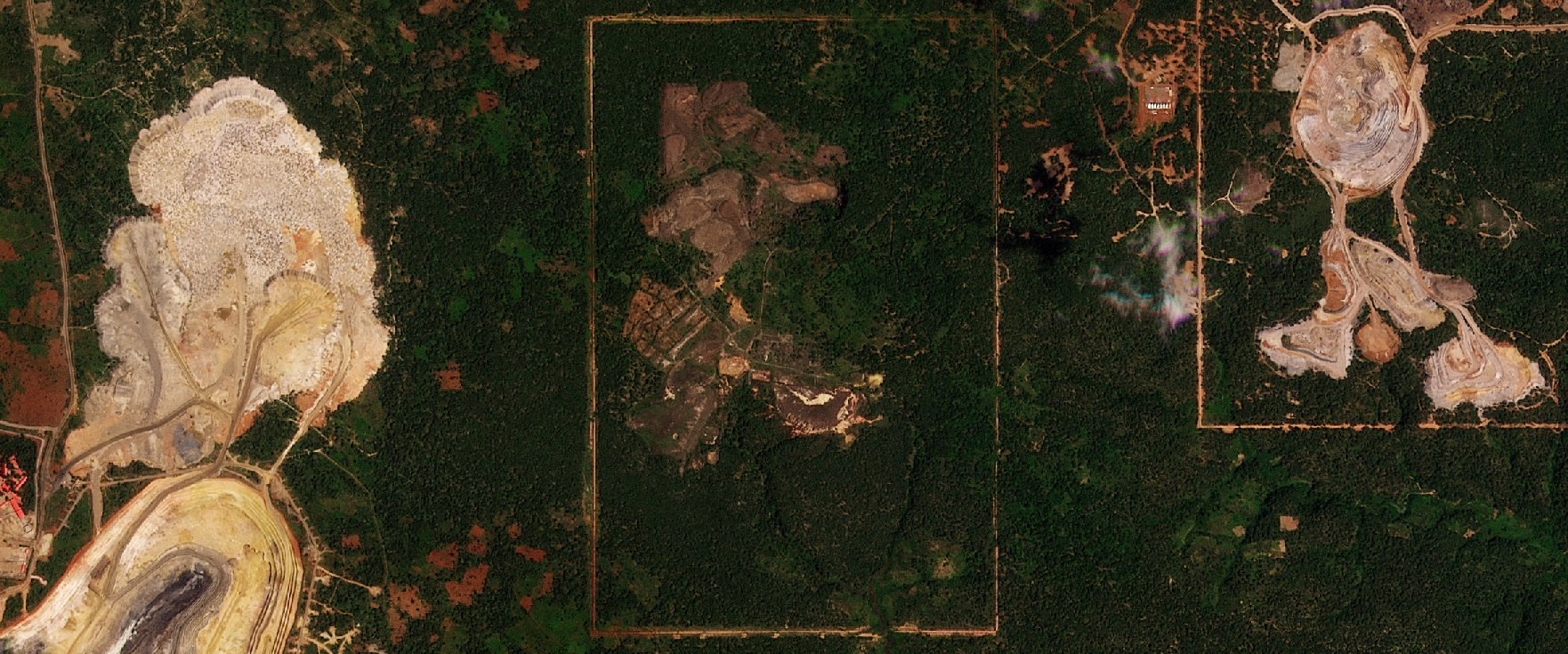The virtual seminar will be held from 12:30 to 2:00 p.m. (E.T.)
The Shinkolobwe mine in the Belgian Congo provided two-thirds of the uranium for the US Manhattan Project that built the first nuclear weapons. Today, the rich uranium deposits in the Democratic Republic of Congo are officially off-limits for mining activity. But a different and indirect pathway for uranium exports from the country may have been opened by its booming cobalt mining industry. This presentation will use geologic and chemical models of how uranium and cobalt co-occur in ores to sketch this understudied uranium resource pathway from the Democratic Republic of Congo. It will use cobalt trade data to show that thousands of tons of uranium may already have been exported and are outside standard international uranium accountancy measures used for nonproliferation analysis.
About the speaker: Ryan Manzuk is a Postdoctoral Research Associate in the Program on Science and Global Security, co-appointed at the University of Wisconsin-Madison. Prior to joining SGS, he received his PhD in 2024 from the Princeton University Department of Geosciences. While sedimentary geology was the main focus of Ryan's doctoral thesis, his graduate research also included applications of novel remote sensing techniques for conflict understanding, conducted in partnership with SITU Studio in Brooklyn, NY. Ryan holds a bachelor's degree from the University of Chicago, and spent two years following graduation as a Peace Corps Volunteer in Guinea, West Africa, working on sustainable and climate-adaptive agricultural solutions.
